I've been a bit ill this week so out of boredom I am posting something from a little while ago that didn't quite make it onto the blog.
Castle Crag in Cumbria is a small hill by Lakeland fell standards but an interesting one nonetheless. At it's top there is a disused slate quarry and there a large piles of slate just itching to be stacked on top of each other.
The outing was more for the walk and to appreciate the countryside but I still lugged my tripod and camera stuff up there just in case.
There are already a lot of rock sculptures up there although they are all the same size and style. Nothing very precarious, just pinnacles stood upright with a few smaller stones around the tallest. Their existence drew me like a moth to a flame and with slate being the primary material I thought that it would be straightforward to make shapely stacks. But it wasn't as easy as I anticipated and it was all the better for it too.
Land Art, as I regularly say, is not really about the final sculpture but the path leading up to it and what you discover on the way. A rock stack such as this one and my style of making them requires that the stones are flat and symmetrical, square edged and in matched pairs. Regardless of whether there are all the right-shaped rocks I need right by my feet (not that that ever happens) or if I have to look far and wide for them the effect I want is the same.
So I turned up at the top of Castle Crag with the attitude that the rocks would be perfect and with very little effort the stack would erect itself (or something).
Well all I can say to you is 'rombus'.
Very few of the splinters of rock were indeed flat or square-edged and the place from where I could view the stack was a short jog down from it's perch so I spend much of the time jogging to and from the sculpture, checking it's shapeliness and removing many wrong shaped stones, and the rest hunched over looking for some better ones.
Finding matched pairs was the problem. And with one of the layers I just couldn't find a matched pair no matter how much I looked.
So once again I learnt many Land Art lessons. I learnt all about the shape of this variety of slate and how many of each you could find in that place. Through having to search for just the right stones I sifted through a great number and immersed my senses into studying those that I found.
That is the point of Land Art, to discover all about what is there, what is possible to make with what you find and to peel back the layers of what the fleeting eye might miss.
As I finished up taking pictures a group of walkers came up the path and proceeded to noisily stomp past us. Regaled in day-glo head-bands, double walking poles and not much sense of how loud they were speaking, our silent idyll was broken.
"Wow, what's with all the rock sculptures here?" One said to another in the group. They hadn't noticed mine but were taken aback by the dozens already there.
"No-one knows how they got here" another replied, "it's a mystery as to what they mean."
"But why are they here?" she responded.
"No-one knows" came the second reply "maybe druids in ancient times placed them here as some sort of symbol of worship?"
The to and fro of question and answer went on for quite a bit and I tried to hide my smirk. It's funny how we always tag on a mystical and complex explanation to something we do not understand when a much simpler explanation would do. I know very well that people make stuff just for the hell of it.
A friend asked me recently why I made Land Art sculptures and his question was insightful and amusing: "do you make your Land Art to express some deep and meaningful connection with the earth? Or are you just having a laugh like the people who made Stonehenge?"
In my opinion the people who made Stonehenge got it just right. What's the point of deep and meaningful if you aren't having any fun?
Friday, November 13, 2009
Castle Crag Tornado Cairn
Subscribe to:
Post Comments (Atom)

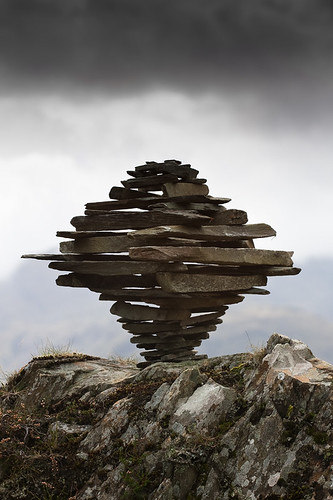




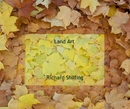
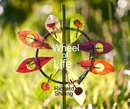
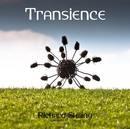

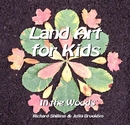

No comments:
Post a Comment